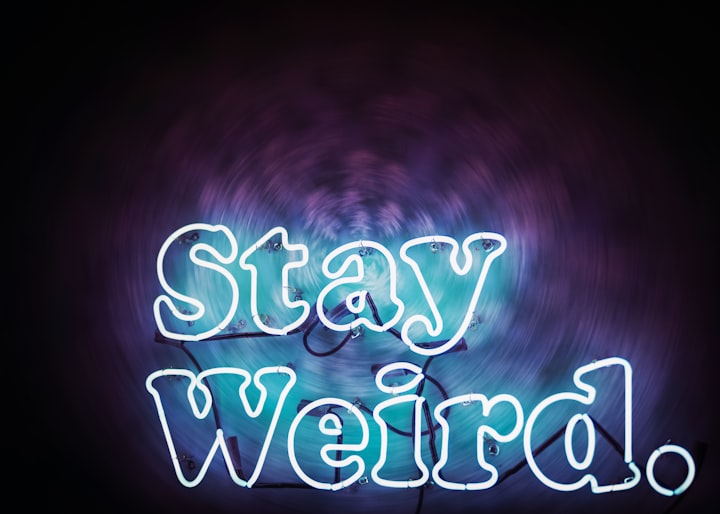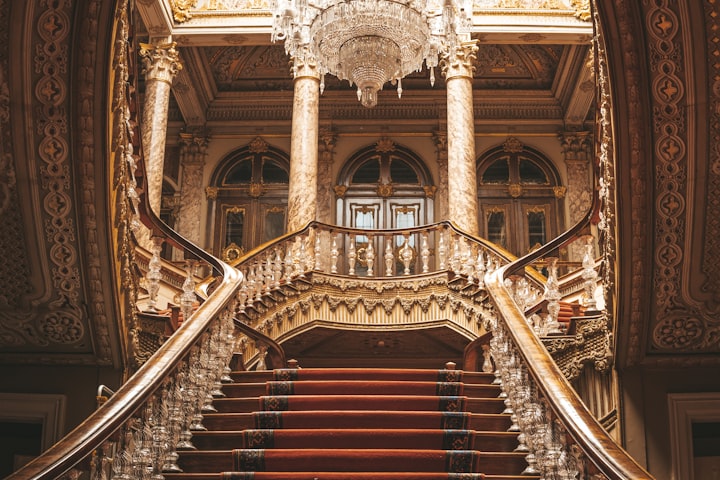The history of the people who made neon signs and lighting what they are today is fascinating. The common guy and the one who simply desires a neon sign will understand this preexisting history.
On May 25, 1676, physicist Jean Felix Picard was using a mercury barometer when he saw a faint burning inside the tube. What we have here is the groundbreaking discovery of Neon. It was the unexpected appearance of light in an area where none had previously existed. Scientists were intrigued enough by this finding to keep digging until they found neon gas. In 1910, after 234 years, the first bulb filled with neon gas was shown to the public.
Franklin sold his possessions in 1750 to fund his study of electricity. Ben's most iconic kite-related moment is a skeleton key he tied to the kite's line around four feet below the canopy. Since he was kite-flying during a thunderstorm, the kite was carried upward into the cloudless sky. To prove that lightning is an electric force, Benjamin kept the kite aloft until one struck close enough to illuminate him. He said it made the hair on his arms stand up and the tingle in his fingertips even after he took precautions like wearing boots and standing on Wood. According to reports in the local press, three males were struck by lightning during the same storm.
Bill Gilbert studied this phenomenon in depth and came up with the terms electric and electricity, which made their first print appearance in 1646 in Tom Browne's newsletter. The chemists Ramsay and Travers discovered neon in 1898. These guys had a hunch that the family of inert gases was missing a crucial member, which would necessitate further investigation. During the process of fractional distillation, helium gas and another gas, neon, were created.
The first ever neon lamp was created when Georges Claude applied an electrical discharge to a sealed glass tube containing neon gas. On December 11, 1910, he unveiled the world's first neon lamp to the public in Paris. Since his invention of the neon light and neon tubes, which could be shaped into letters and pictures, the good vibes only neon sign industry grew rapidly and had a profound impact on the advertising sector, which in turn made him very wealthy.
Neon gas is mostly put to use in commercial signage. In addition to the orange-red hue of neon itself, the various gases and phosphors used to create neon lights allow for a wide spectrum of additional hues to be produced. There are many applications for neon lamps; some examples include high-voltage circuit indicators, plasma television pixels, and helium-neon lasers. A cryogenic refrigerant, liquid neon gas is extremely cold. There are no known compounds that can be formed with neon gas.
Neon Signs Vs LED Display Signs - An Objective Comparison

When comparing neon and LED signs, there are a lot of moving parts to consider. It would be easy to assume that neon is obsolete given the abundance of content that extols the benefits of LEDs and paints neon as a dated alternative. To the contrary, a visit to any shopping district will disprove this assertion. While there are many benefits to using LEDs, neon signs still have their place. We'd like to propose a more dispassionate evaluation of the two types of commercial signage.
We should clarify that we are referring to high-quality LED signs and hardware before continuing. Products sold at discount stores will never live up to the standards set by the best on the market. On the hunt for LEDs, avoid low-cost, unknown brands at all costs.
Use of energy
This is the ace in the hole that proponents of LEDs constantly seem to pull out. Most sources agree that the energy required to power an LED is roughly 70% lower than that of a neon sign. A transition to LED display signs can significantly reduce annual electricity expenditures for businesses with multiple large signs. However, if you're only comparing a few minor indicators, the difference won't be as pronounced and might not end up being a dealbreaker.
Cost
Assuming you're talking about a quality brand in a comparable size, there isn't much of a price difference between the two types of sign. Neon signs are slightly more cumbersome and heavier than their LED counterparts, which might increase the price of installation. Both types, when of high quality, require very little in the way of upkeep over their useful lives.
Durability
Both neon and LED signs have a lifespan of roughly 10 years under normal conditions of use. Glass neon tubes are more fragile than LEDs, although signage should be well-enclosed to prevent any damage.
Brightness
LEDs have improved to the point that they can now compete with neon in terms of brightness. LEDs, on the other hand, dim progressively over time; towards the end of their lives, they'll be about half as bright as they were when they were new. Contrarily, neon lights tend to keep shining until they eventually flicker and die.
Visibility
The light from LED lights may be directed quite precisely. This has the benefit of producing light that is both focused and unambiguous. However, this also means that an LED sign is only three-dimensional when seen head-on. Because neon signs' tubes emit light in all directions, they can be read from any angle. If you want to draw in customers from those strolling by on the sidewalk, this may be a consideration.
Versatility
The images and text shown on LED display signs can be animated to change and cycle on and off in a variety of patterns. While it is possible to create an animated design on a neon sign by having the tubes display multiple states, this type of sign has limited uses.
Image LED display signs are typically viewed as contemporary, but clinical and impersonal. Neon signs make businesses seem friendlier and more approachable because of the nostalgic vibe they give off.
Wholesale sign distributor Tec-Know Signage serves the Australian market and its neighbours. Check out their selection of graphic designer-friendly equipment, hardware, and electrical components, including LED lightboxes, neon signs, display signs, banner stands, and more.
About the Creator
Emi Rigs
Hi! I'm EMI rigs, a vlogger and writer with a passion for life. My goal is to inspire you to live your best life and be the best version of yourself, so if you're looking for ideas on how to do that, check out my blogs and articles.






Comments
There are no comments for this story
Be the first to respond and start the conversation.